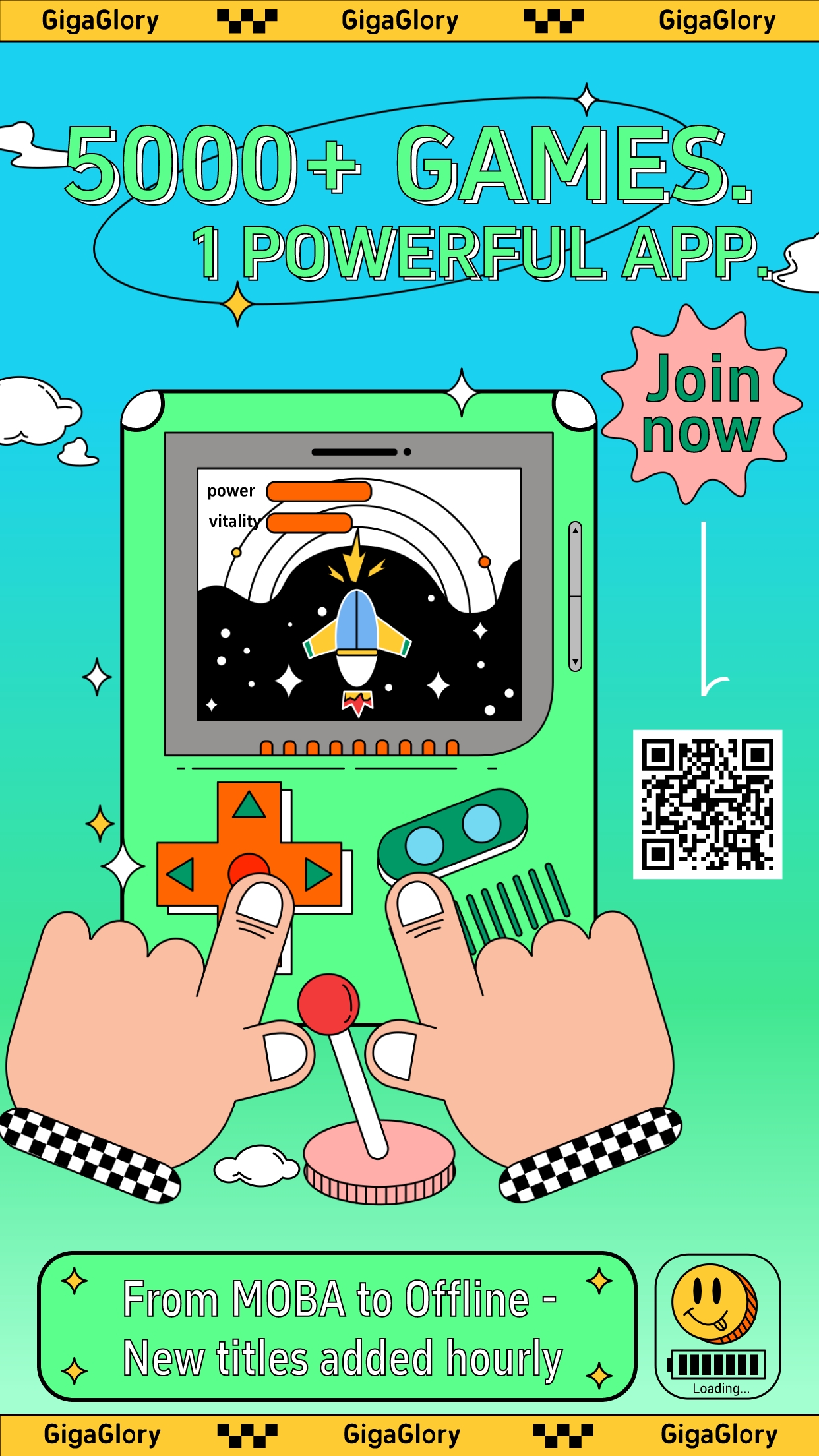Unlocking Fun and Learning: How Multiplayer Educational Games Shape the Future of Learning
The advent of technology has transformed the landscape of education, bringing forth innovative tools that combine fun and knowledge. Multiplayer educational games have emerged as a powerful method to engage students of all ages while enriching their learning experience. But how exactly do they shape the future of learning? This article delves into the fascinating intersection of gaming and education.
The Rise of Multiplayer Educational Games
As kids and teens increasingly gravitate towards digital media, educators have begun to tap into this trend. Traditional learning methods often miss the mark regarding engagement. Enter multiplayer games. These games promote collaboration, competition, and skill development, making education enjoyable.
"Why study math when you can build an empire and earn rewards?" This mindset is shifting the paradigm of learning.
Benefits of Multiplayer Educational Games
- Enhancing Social Skills: Multiplayer games require teamwork and communication, essential in both school and life.
- Boosting Cognitive Skills: Players develop critical thinking and problem-solving abilities as they navigate challenges.
- Increasing Motivation: The thrill of competition and the rewards embedded in gameplay motivate students to perform better.
- Personalized Learning: Many games adapt to individual learning speed, catering to each student’s unique needs.
Examples of Popular Multiplayer Educational Games
| Game Title | Description | Learning Objectives |
|---|---|---|
| Kahoot! | A quiz-based game that encourages friendly competition. | General knowledge, quick thinking. |
| Minecraft: Education Edition | A sandbox game that fosters creativity and collaboration. | STEM skills, creativity, teamwork. |
| Prodigy Math | A math-focused role-playing game with captivating graphics. | Mathematical skills, problem-solving. |
Fighting RPG Games and Their Educational Value
While games like Clash of Clans capture the attention of countless players, there are also educational RPGs that intertwine fun with learning. These games train players in strategy and critical thinking while deepening their understanding of various subjects.
For instance, in many fighting RPG games, players must gather resources, engage in strategic battles, and achieve objectives that require planning and execution. This complex interplay helps players develop a variety of skills that are honed over time.
Conclusion: The Future Looks Bright
As technology continues to evolve, the lines between gaming and education will blur even further. Multiplayer educational games not only serve as tools for learning but also create engaging avenues for social interaction and personal growth. Fostering environments where fun and education coalesce will undoubtedly shape a smarter, more collaborative future.
In summary, tapping into the potential of multiplayer educational games can transform traditional learning methods into dynamic experiences, motivating students and equipping them with vital skills for their futures.



